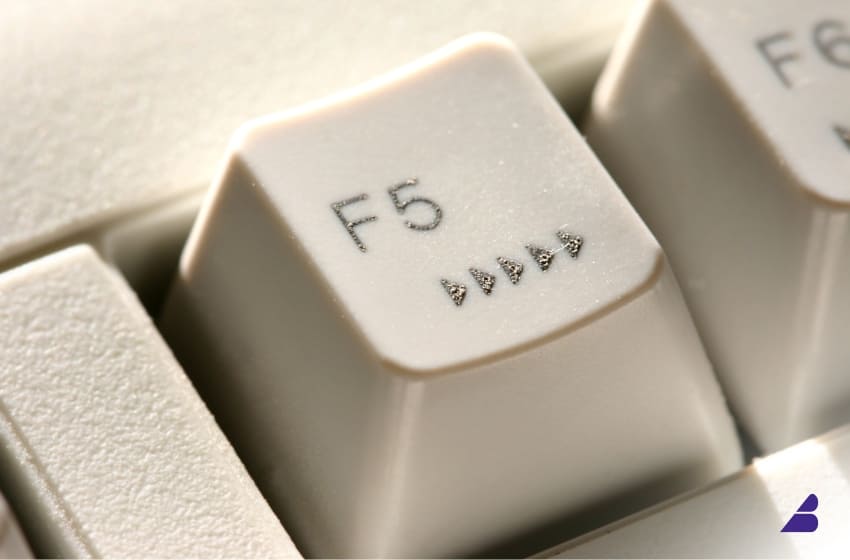
Branding is the foundation of any successful business. But as markets evolve, customer preferences shift, and industries become more competitive, brands must adapt to stay relevant.
However, instead of completely rebranding, many businesses find that a brand refresh—a strategic update rather than an overhaul—is a more effective approach.
In this article, we’ll explore the key differences between a brand refresh and a complete rebrand, why brand refreshes work better, and how businesses can update their identity without losing their core essence.
🚀 Brand Refresh vs. Complete Rebrand: What’s the Difference?
✅ Brand Refresh:
A brand refresh is a modernization of a brand’s existing identity while retaining its core elements. This might include:
- Updating the logo (refining fonts, adjusting colors, simplifying design)
- Refreshing the color palette for a more contemporary feel
- Tweaking messaging and tone to align with current trends
- Improving website and marketing materials to reflect a modern identity
✅ Complete Rebrand:
A rebrand, on the other hand, is a total transformation of the brand’s identity, including:
- New logo, colors, and typography
- Completely new brand messaging
- Different positioning and brand story
- Sometimes even a name change
While a rebrand might be necessary in extreme cases (such as a company facing a PR crisis, merger, or drastic industry shift), a refresh is often the smarter choice for brands that simply need to evolve with time.
💡 Why Brand Refreshes Work Better
1️⃣ Retains Brand Equity and Recognition
When customers recognize a brand, they associate it with trust, reliability, and past experiences. A complete rebrand can erase years of built-up brand equity and force customers to relearn your identity—which can lead to confusion or even rejection.
👉 Example:
When Mastercard refreshed its logo in 2019, it kept the iconic overlapping circles but modernized the typography. Customers still recognized the brand instantly, but the update gave it a more contemporary feel.
2️⃣ Lower Risk of Customer Alienation
A drastic rebrand can confuse and alienate loyal customers who feel an emotional connection to the brand.
👉 Example:
Gap’s 2010 logo redesign disaster was a perfect example. The company completely replaced its classic blue-box logo with a generic design. The backlash was immediate, and within six days, Gap had to revert to the original logo—costing millions.
A brand refresh, on the other hand, makes subtle improvements without disrupting customer loyalty.
3️⃣ More Cost-Effective
A complete rebrand involves significant costs—new logos, new signage, new packaging, updated websites, and marketing materials. It often requires years of investment in repositioning the brand in the market.
A brand refresh, however, delivers impact at a fraction of the cost, focusing on small but meaningful changes that enhance the brand’s image.
👉 Example:
Google’s 2015 logo refresh moved from a serif font to a more modern sans-serif typeface. This simple tweak kept the brand identity intact while making it feel fresh and current—without requiring a full overhaul.
4️⃣ Easier Internal and External Transition
A full rebrand requires a company-wide transition, including retraining employees, adjusting marketing strategies, and sometimes even redefining company culture.
A refresh, however, allows businesses to update their image smoothly, keeping their brand essence while gradually introducing changes.
👉 Example:
Coca-Cola has kept its core red-and-white branding for decades, tweaking fonts and design elements without ever losing its iconic look. This approach has helped the brand remain timeless while evolving with modern aesthetics.
5️⃣ Adapts to Market Trends Without Losing Identity
Trends in design, technology, and consumer behavior change rapidly. A brand refresh helps a company stay relevant without losing its established presence.
For instance, many brands have adopted dark mode-friendly branding, modern minimalist logos, and mobile-optimized designs as part of their refresh strategy.
👉 Example:
Apple gradually modernized its logo over time—from a multi-colored design in the 80s to the sleek monochrome version used today. Each change was subtle but impactful, allowing the brand to stay ahead without completely reinventing itself.
📌 When to Consider a Brand Refresh Instead of a Rebrand
🔹 Your logo feels outdated, but your brand recognition is strong
🔹 Your website, packaging, or marketing materials need modernization
🔹 Your messaging needs to align with evolving consumer preferences
🔹 Your brand needs a fresh look to compete with younger competitors
🔹 You want to introduce small but effective changes without disrupting your brand identity
🛠 How to Execute a Successful Brand Refresh
🔹 Refine Your Logo: Small tweaks like simplified fonts, spacing adjustments, or subtle color enhancements can go a long way.
🔹 Update Colors & Fonts: Use modern, versatile colors that work across digital and physical branding.
🔹 Refresh Website & Marketing Materials: Ensure your digital presence reflects a modern, user-friendly experience.
🔹 Evolve Your Messaging: Adapt your tone and voice to better connect with today’s audience while staying true to your brand values.
🔹 Test Changes Gradually: Introduce updates slowly and gather customer feedback before making drastic changes.
🚀 Final Thoughts: Evolution Over Revolution
A brand refresh is like giving your brand a facelift—it makes it look and feel more modern while preserving the essence that customers already trust.
A complete rebrand, while sometimes necessary, comes with higher risks, costs, and potential customer confusion.
In most cases, evolution is better than revolution—and a well-executed brand refresh ensures that businesses stay relevant, recognizable, and ready for the future.
Is your brand in need of a refresh? Start small, keep your customers in mind, and make strategic updates that strengthen your brand identity!




